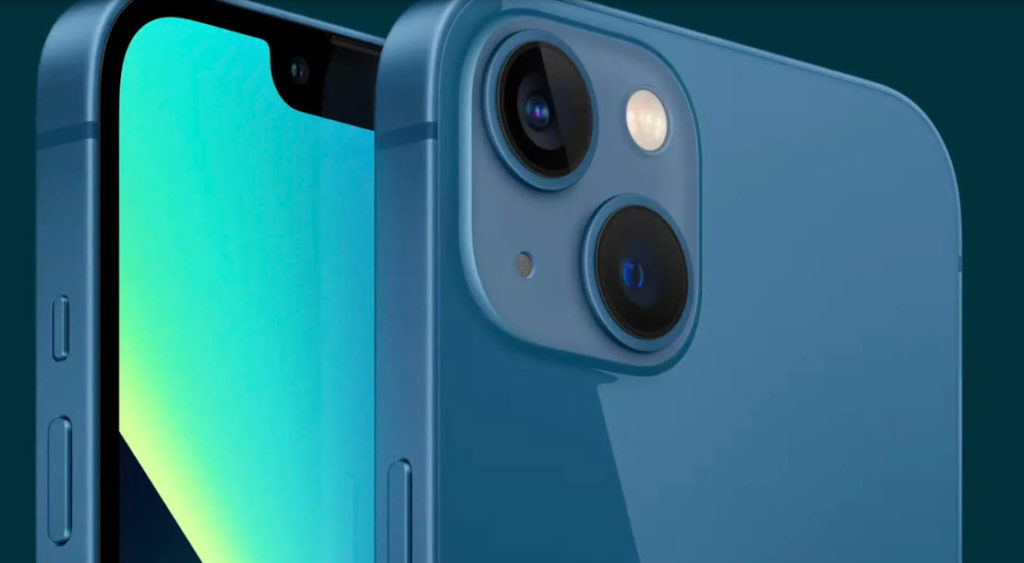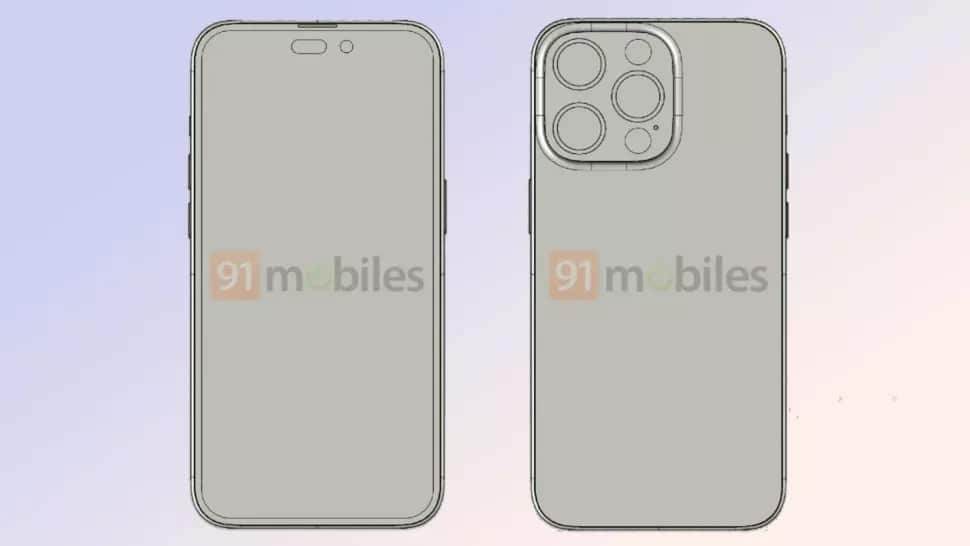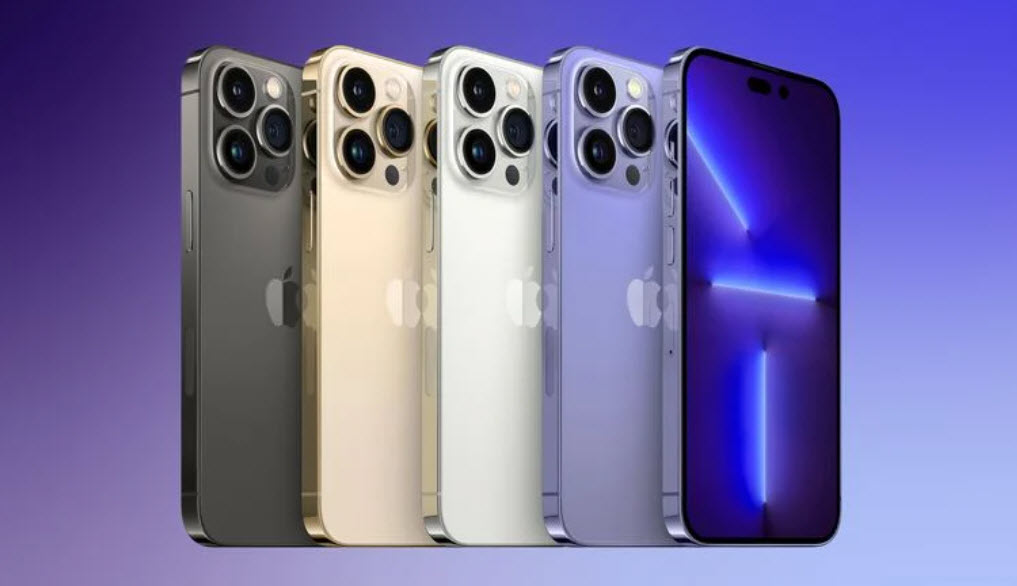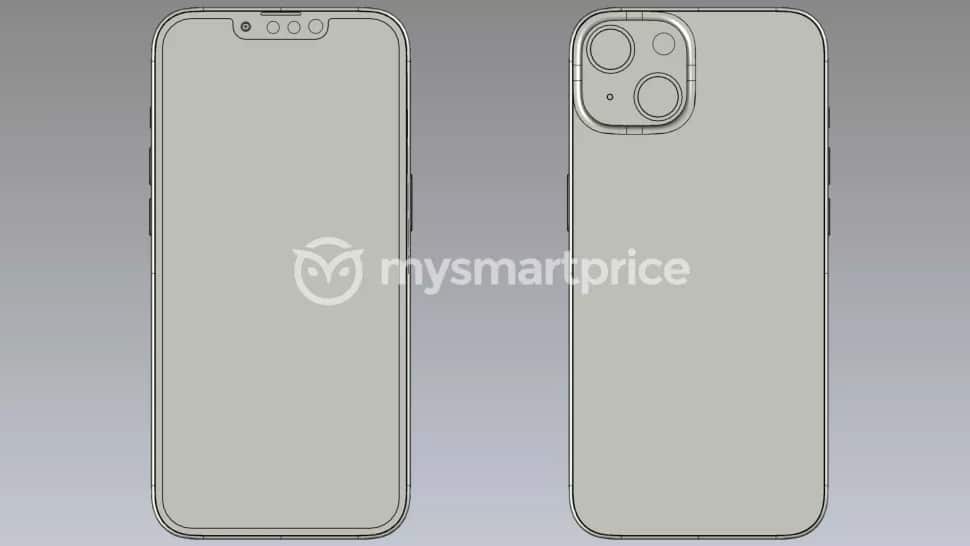Last Updated: August 24th, 2022
Eventually, the wait is now over! The new iPhones have arrived amid months of rumors and debate, and we absolutely can not wait to somehow get our hands on one! What additional features may we expect then? Apple promises enhancements to the cameras, battery capacity, and much more in addition to the new appearance. The Apple iPhone is among the most well-liked and well-known phones on the market, as we already know. The iPhone 14 has a longstanding experience and a tonne of system upgrade features, so users are likely to love it. Install iOS 16 beta.

Everything that you need to realize about the iPhone 14 launch date and when to expect it will be available will be covered in this blog. The launching of the 2022 iPhone models is still a few months away. This indicates that rumors and speculation concerning the appearance of such models are still going around. even before iPhone 13 models were released, there were reports concerning the upcoming 2022 models. The dimensions of the iPhone will alter in 2022. There will be no more 5.4-inch iPhone mini models. The 5.4-inch iPhone compact was changed due to unfavorable consumer feedback. Apple expects to encourage larger iPhone dimensions in the future. The 6.1-inch iPhone 14 (that has not yet been verified), 6.1-inch iPhone 14 Pro, and 6.7-inch iPhone 14 Pro Max are expected to be released soon.

iOS 16: Everything You Need To Know Today
Release Date Of iPhone 14
The iPhone 14 hasn’t received any remarks from Apple. However, given their previous actions, it is most possible that the new phone will be unveiled in September 2022. It is safe to assume that the iPhone 14 will be introduced in September 2022 because Apple usually announces new devices at about the same time every year.
The iPhone 13 debuted on September 14, 2021. This indicates that the release date of the iPhone 14 will probably fall between Tuesday, September 6, and Tuesday, September 13, 2022. Apple events typically begin around 10 a.m. PST, or 6 p.m. GMT, or 4 a.m. AEST. Apple Park’s head office in California is typically where the corporation holds events.
In March, Apple conducted its inaugural event of the year. They introduced the iPad Air as well as the iPhone SE 3. The iPhone 14 was not mentioned at this event. Customers would instead be concentrating on the iPad Air and indeed the new iPhone SE 3.
Apple iPhone 14 Costs In the USA, and India
For the next few years, Apple typically fixes specific pricing for its iPhones. But occasionally, the cost of the iPhone can fluctuate due to market conditions and currency values. Apple rarely adjusts the cost of its iPhones significantly. This is frequently done depending on how well the marketplace is doing and the current exchange rates. Although the pricing of the iPhone 14 hasn’t been announced officially, given that the normal iPhone 13 starts at 68000/$699/AUS1199, we would predict it to be priced similarly. Apple is rumored to be aiming to raise the cost of its devices. The smaller iPhone 14 will cost $799 when it first becomes available, while the larger iPhone 14 Max will cost $100 more at $899 (£650, AU$1200). Additionally, it has been said that Apple employees are debating raising prices. This implies that iPhone costs could alter in the future. The prices for the iPhone 13 Pro ($1099), iPhone 14 Pro ($1199), and iPhone 13 Pro Max ($1199).
Colors of iPhone 14

As per the rumors the iPhone 14 and iPhone 14 Max will come in white, black, red, and purple. whereas, iPhone 14 Pro , and iPhone 14 Pro Max will be available in Gold, Silver, Purple, and Graphite colors.
iPhone 14 Features
The iPhone screen seems extremely smooth kudos to Apple’s ProMotion technology. Originally found here on iPad Pro, this functionality is now anticipated to be present across the whole iPhone 14 lineup. Some people here think the iPhone might eventually get Touch ID back. Without having to remove the mask, this would be an excellent way to open the phone. A further scenario is that Face ID will eventually lose its accuracy. Users would then have to utilize a different method to unlock their smartphones because Touch ID may not function as well as it should right now.
The upcoming Apple iPhone, according to some, might contain a secret button that would enable users to switch the screen off. Apple has so far not formally acknowledged this. It appears that Apple intends to introduce a new iPhone that will support USB-C. This would be fantastic because that would allow for far faster charging than it does with Lightning and much greater accessory flexibility. With the iPhone 14, it appears like Apple may be preparing to make a significant change. This is because it appears that USB-C will be offered as the primary method for charging the phone.
Car Crash Detection
For something like the iPhone and Apple Watch, Apple is working on a collision detection system that could be released in 2022. When a car collides, detectors such as the accelerometer will detect a surge in gravitational pull and notifies the user. If a traffic collision is detected, the iPhone or Apple Watch will instantly get in touch with emergency personnel to ask for help. Based on their 2022 release dates, the iPhone 14 models and the Apple Watch Series 8 may have inspired the development of this function, although that is unlikely that it will just be available on those devices. There will be improvements made to the Fall Detection feature seen throughout the current Apple Watch and iPhone models.
WiFi 6E
The iPhone 14 will have WiFi 6E connection, as stated by Apple expert Ming-Chi Kuo. WiFi 6E will enable the high-speed wifi transfers essential for AR and VR experiences. Furthermore, it’s anticipated that while these technologies will indeed be implemented in mixed reality headgear, they could be released in 2k22. WiFi 6E uses the 2.4GHz and 5GHz frequencies in addition to the 6GHz frequency to enhance bandwidth and decrease interference while maintaining the increase in performance and low latency provided by WiFi 6.
Camera Technology

All 2022 iPhone versions’ Ultra Wide lenses could be enhanced, and the wide-angle & telephoto cameras mostly on iPhone 14 Pro will only see significant improvements. Apple expert Ming-Chi Kuo predicts that the Pro iPhone models will come with a 48-pixel clarity and 8K video recording features, which would have been a huge improvement over the current 12-megapixel camera. The 48-megapixel camera included within the iPhone 14 Pro models would be prepared to acquire 12-megapixel pictures by adopting a method called pixel-binning. Pixel binning merges data from multiple tiny pixels onto the image sensor of the cameras to create one “super-pixel” for improved low-light sensitivity.
The iPhone 14 Pro models might well be capable of capturing 48-megapixel photographs on their whole with this feature in well-lit environments, but in low-light settings, they will be using the pixel binning process to create a superior 12-megapixel image while still utilizing the 48-megapixel lens. The ability to capture 8K video just on an apple device will, in Kuo’s opinion, enable the creation of visual content that seems to be better suitable for augmented and mixed reality gadgets, such as the AR/VR headphones that Apple is creating. For “a superior user experience,” these films and photographs can then be seen on an 8K display or TV. Only the Pro models will have access to the 48-pixel lens as well as 8K video recording, leaving the entry-level iPhone 14 models with a simpler camera.
No SIM Card Slot
Well with iPhone 14 models, Apple might switch to an eSIM-only design, perhaps doing away with the requirement for a real SIM card slot. Major American carriers have reportedly received advice from Apple to prepare for the 2022 launch of eSIM-only handsets. Considering this, it’s possible that certain iPhone 14 versions would be the first without the need for a SIM card slot. Some iPhone 13 models were made available by Apple without either a nano-SIM required; cellular plans could be activated through the use of an eSIM instead.
An eSIM can be used to install cellular plans to something like a smartphone instead of a nano-SIM. Since not all locations have accessibility to eSIM technology, some countries’ iPhones will still want to have a nano-SIM slot. In countries where a SIM-free smartphone is available, it might be optional, letting users to still choose a device that contains a SIM. On Apple’s website, you can also see a list of the far more than 60 nations which support eSIM.
USB-C
Ming-Chi Kuo, an expert for Bloomberg and Apple, predicts that in 2023 Apple would choose to use a USB-C port rather than a Lightning port once again for the iPhone. As a result, the majority of iPhone 15 models will charge by USB-C by the standard as opposed to Lightning. Apple would be required to adopt USB-C on the majority of its devices sold in Europe even though it has been stated by numerous perspectives that Apple will remain to use Lightning due to new legislation being implemented by the European Union. If this legislation is approved, Apple would then have to sell exclusive USB-C versions to Europeans or change all of its devices, which seems more plausible.
In-House Modem Chips
Apple is seeking to create its in-house produced modem chips, similar to the Apple silicon and A-series processors, which will once again allow the company to minimize its reliance on modem chip manufacturers. The modem seems to be under creation by Apple for a while, and then after the company bought the majority of Intel’s equipped with smart division in 2019, the modem’s development accelerated.
According to researcher Ming-Chi Kuo, Apple may move to any of its 5G modems as soon as 2023. Once Mac unveils its very own modem designs, Qualcomm won’t be necessary. The “earliest” date is 2023, although according to other rumors, Apple chip vendor TSMC will be ready to start manufacturing Apple’s modem chips as soon as 2023.
Periscope Lens
Assuming, against all odds, a periscope telephoto lens cannot be finished as planned for the 2k22 iPhone variants, it might debut in the 2k23 version.
Face Identification On The Under-Display
Many rumors claim that Apple is seeking to do away with the notch by integrating Face ID technology below the display. Display analyst Ross Young expects that Apple won’t use under-display Face ID functionality until 2023 or 2024, which is later than originally anticipated.
Foldable iPhone
Apple could eventually introduce a foldable iPhone depending on the various reports and innovations the corporation has filed, rivalry from companies like Microsoft and Samsung, which have also produced foldable handsets, and other factors.
A16 CHIP
Apple may break convention this year and release an iPhone without the latest A-series Mobile processors. According to Apple insider Ming-Chi Kuo, the newest and faster A16 chip will be present just in iPhone 14 Pro variants. According to Kuo, the Professional and non-Pro iPhone models will be considerably different in 2022. Kuo speculates that the ordinary iPhone 14 models may still use the A15 Bionic chip found in the iPhone 13 devices. Other parties have also verified this claim. As per Kuo, the A16 Chipset may only represent a slight advancement over the A15 chip. The chip is projected to be made and use the same N5P technique as the A15 chip, which limits advancements.
Future iPhone Rumors
The introduction of the iPhone 16 Pro might just be a glimpse at the 2024 release of the Iphone’s first all-screen smartphone. According to displays analyst Ross, the iPhone 18 will be the one to offer under-display Face ID. The gadget may also be the first to integrate both an under-screen front camera and Face ID. Display expert Ross Young predicts that iPhones made in 2023 will most certainly feature a dual-hole cutout similar to those found in this year’s iPhone 14 Pro models. Beginning in 2023, all versions will utilize the identical design with both the pill-shaped as well as circular cuts; the Pro versions won’t have been the only ones to have this feature. Even if the pill-and-hole design could be made smaller, it would still be several decades before Apple could implement full under-display Face ID.

No Responses